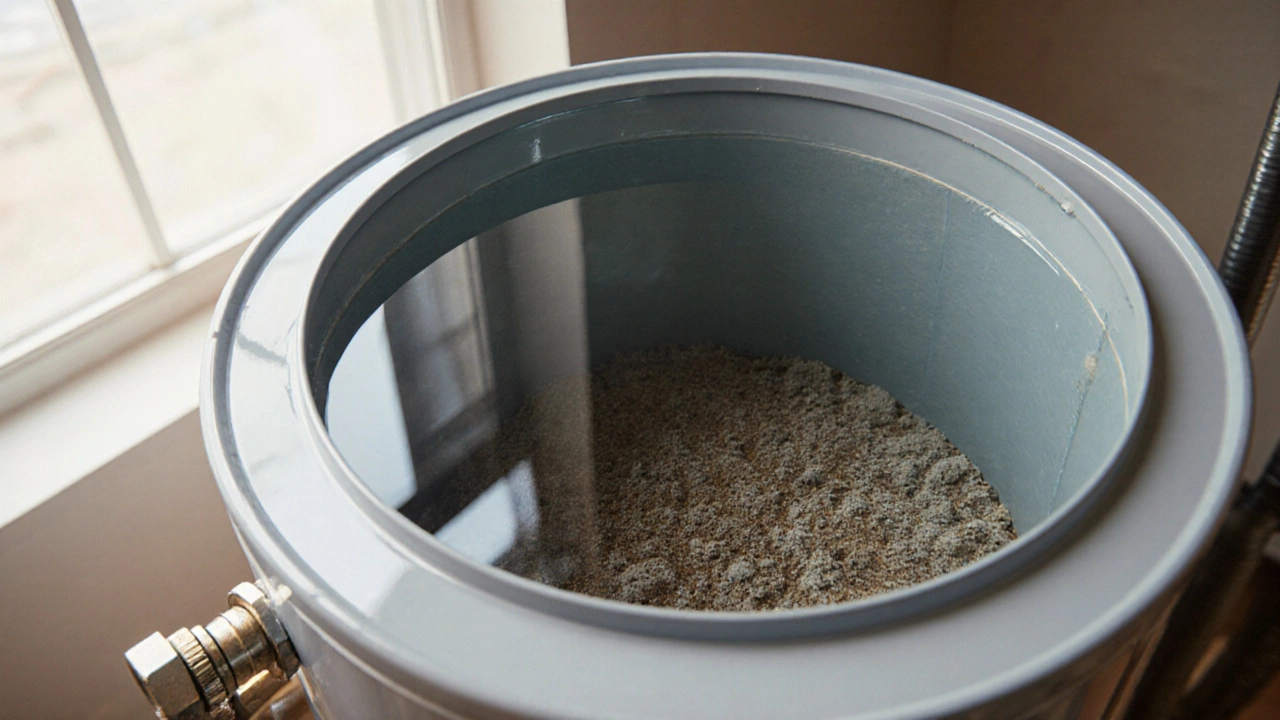Understanding Sediment Buildup in Home Appliances
When dealing with sediment buildup, the gradual accumulation of mineral particles inside water‑filled appliances, scale, you’re actually looking at a silent performance killer. It shows up most often in water heater, the appliance that stores and heats domestic hot water and in boiler, a system that circulates heated water for central heating. Even your washing machine, the appliance that mixes water with detergent to clean clothes isn’t safe from it. The core idea is simple: hard water leaves behind tiny calcium and magnesium particles, they settle, and over time they form a crust that blocks heat transfer and restricts flow. This crust is the sediment buildup we keep hearing about, and it directly impacts efficiency, lifespan, and energy bills.
Why Sediment Buildup Matters and How It Affects Your Home
First, sediment buildup reduces heating efficiency in a water heater by acting like insulation around the burner, forcing the element to work harder and use more electricity or gas. The same principle applies to a boiler: when the heat‑exchange tubes are clogged, the system struggles to reach set temperatures, which can trigger frequent cycling and higher wear on pumps. In a washing machine, sediment can clog inlet valves, cause uneven water distribution, and even lead to rust on internal metal parts. The result is longer cycle times, louder operation, and eventual component failure. In short, the presence of sediment directly correlates with lower performance and higher maintenance costs. Regularly flushing the system removes the layer, restores heat transfer, and keeps water flow steady – a straightforward preventative step that saves time and money.
Keeping sediment at bay isn’t rocket science, but it does require a habit of appliance maintenance, routine checks, cleaning, and part replacement that extend the life of household devices. Most experts recommend an annual drain and flush for water heaters and boilers, especially in areas with hard water. For washing machines, running an empty hot‑wash cycle with a descaling agent every few months does the trick. These actions create a clear semantic link: sediment buildup occurs in water heaters, sediments reduce boiler efficiency, and regular flushing prevents accumulation. When you understand the chain, you can schedule the right tasks and avoid surprise breakdowns. Below, you’ll find a collection of guides that dig deeper into diagnosing, fixing, and preventing sediment problems across a range of appliances, so you can pick the right solution before the next cold shower or noisy wash cycle hits.
Why Do Water Heaters Fail So Quickly?
0 Comments
Water heaters often fail early due to sediment buildup, corroded anode rods, high pressure, and wrong temperature settings. Learn how simple maintenance can double your heater's lifespan.
Read MoreOptimal Water Heater Flushing Frequency: Keep Your Hot Water Efficient
0 Comments
Learn the ideal water heater flushing schedule, step‑by‑step guide, signs of sediment buildup, and maintenance tips to keep hot water efficient and durable.
Read More
